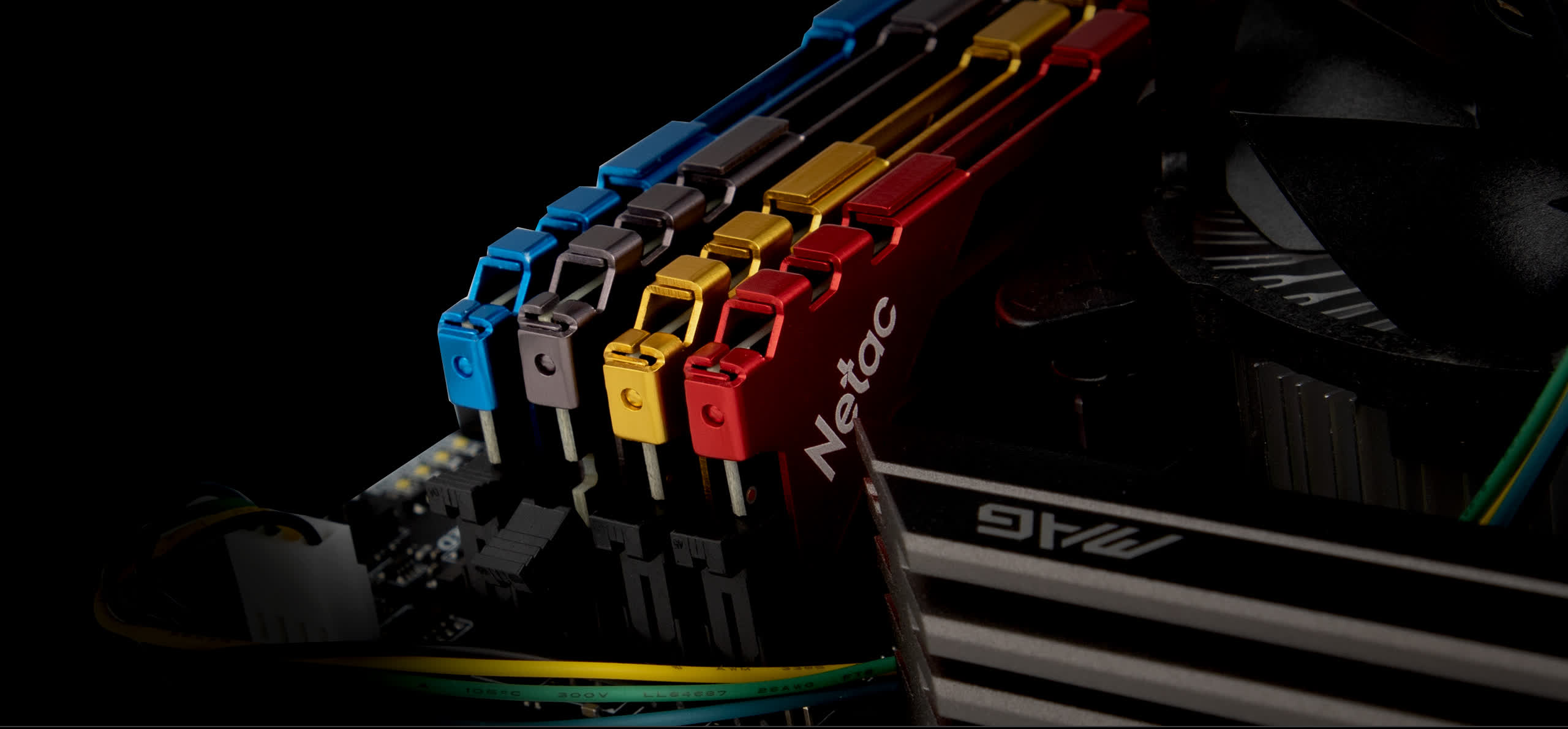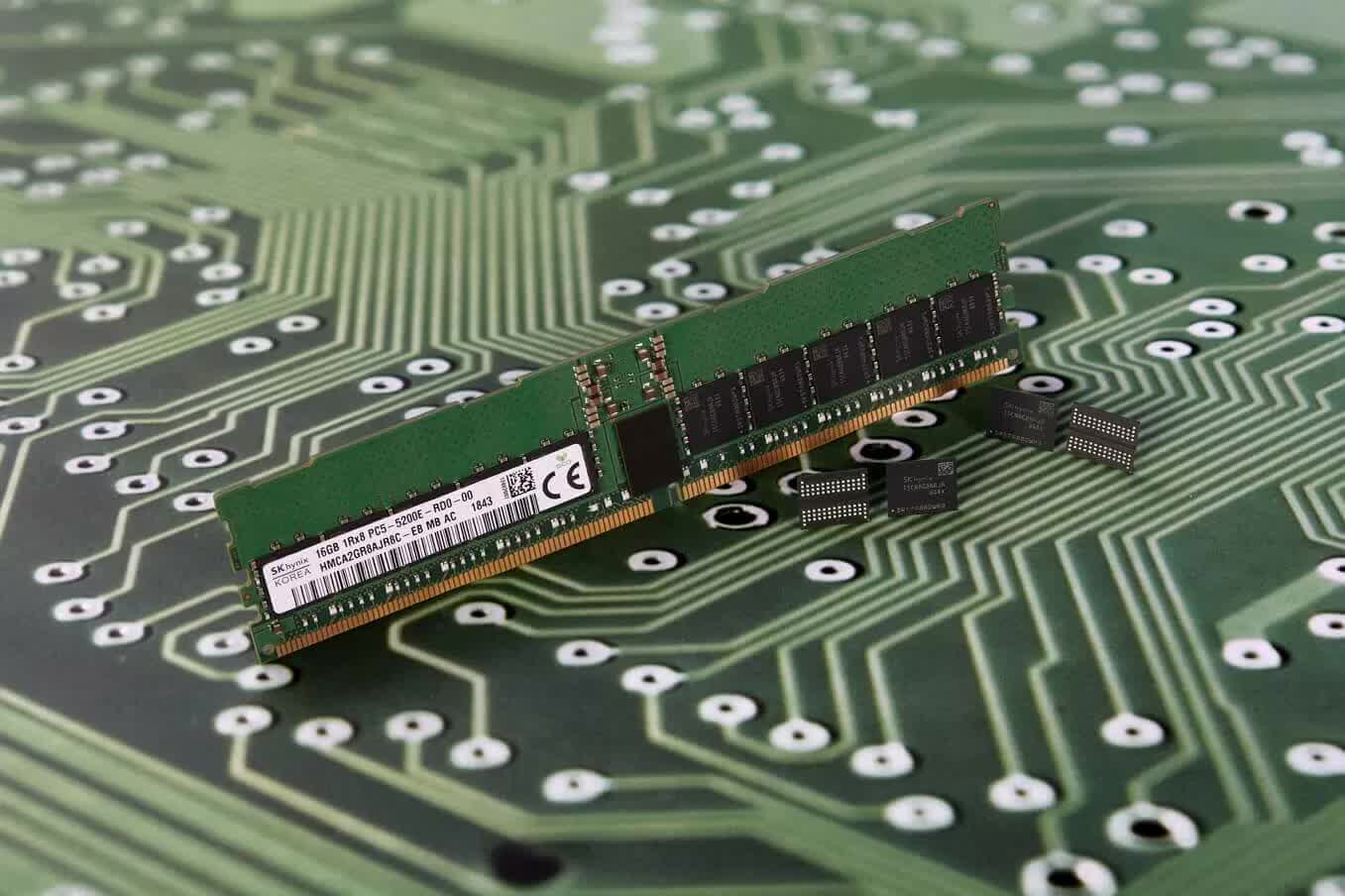Forward-looking: We've heard quite a bit about DDR5 recently, but when can we expect to see it replace DDR4 as the standard? Sooner than you might think: according to one industry analyst, adoption of DDR5 in the mainstream market should take place by 2023.
According to market research/analyst/consulting firm Yolle Developpement (via Tom’s Hardware), the server and enterprise markets will be behind a 25% increase in DDR5 adoption in 2022. A year later, it will become the dominant memory in mainstream PCs, laptops, phones, etc., taking more than a 50% market share—i.e., shipping more than DDR4.
Throughout 2024 – 2026, DDR5 is expected to gain the sort of share DDR4 currently enjoys, grabbing around 95% of the market. Yolle Developpement believes the colossal demand for memory won’t slow down, and the market will be worth over $200 billion by 2026.
Intel’s hybrid Alder Lake desktop CPUs, set to launch in the second half of the year, are rumored to support both DDR5 and DDR4. It’s speculated that lower-end motherboards will use the current standard, while high-end options will come with DDR5 support. AMD, meanwhile, is expected to embrace DDR5 with the launch of Zen 4, set to arrive in late 2022 or early 2023.

The JEDEC Solid State Technology Association announced the final DDR5 memory specification last year. It quadruples the density of DDR4, jumping from 16 Gb per die to 64 Gb, allowing manufacturers to make DIMMs with capacities reaching 2 TB. DDR5 also offers a maximum data rate 6.4 Gbps—double that of DDR4—though some companies are pushing past that.
| DDR5 | DDR4 | |
| Frequency* | 3200 → 8400 | 1600 → 3200 |
| Density | 2 Gb → 16 Gb | 8 Gb → 64 Gb |
| Operating Voltage | 1.1 V | 1.2 V |
| Peak-to-Peak Voltage | 1.8 V | 2.5 V |
| Burst Length | 16 | 8 |
| Bank Groups | 8 | 4 |
| Banks (Total) | 32 | 16 |
| Prefetch Length | 16n | 8n |
Whether DDR5 does ship more than DDR4 in 2023 could depend on the global chip shortage. With one manufacturer warning that the crisis could last another two years, DDR5 is unlikely to dominate the market if consumers are still struggling to buy components.
